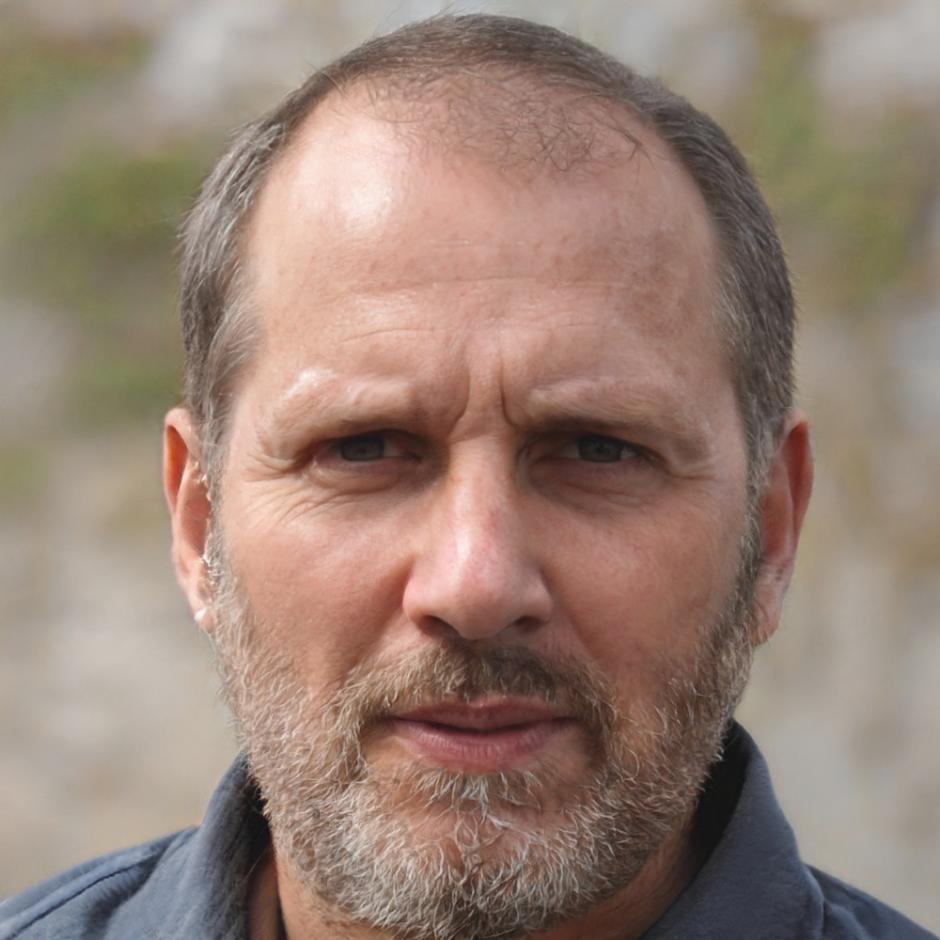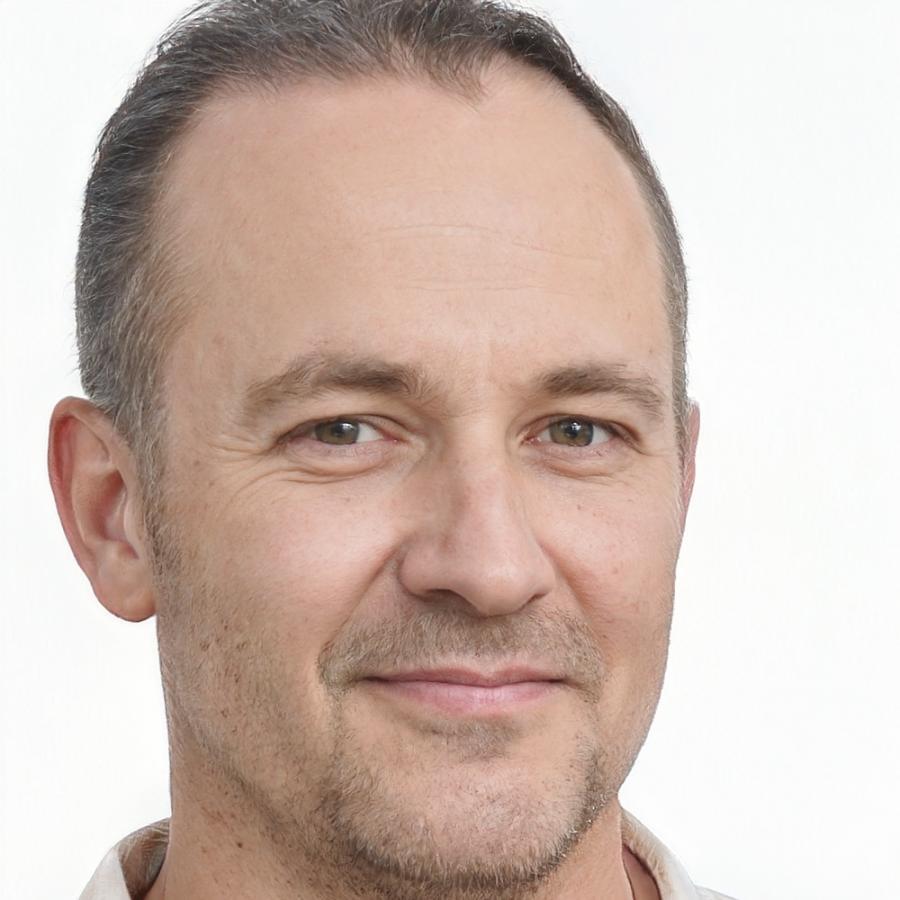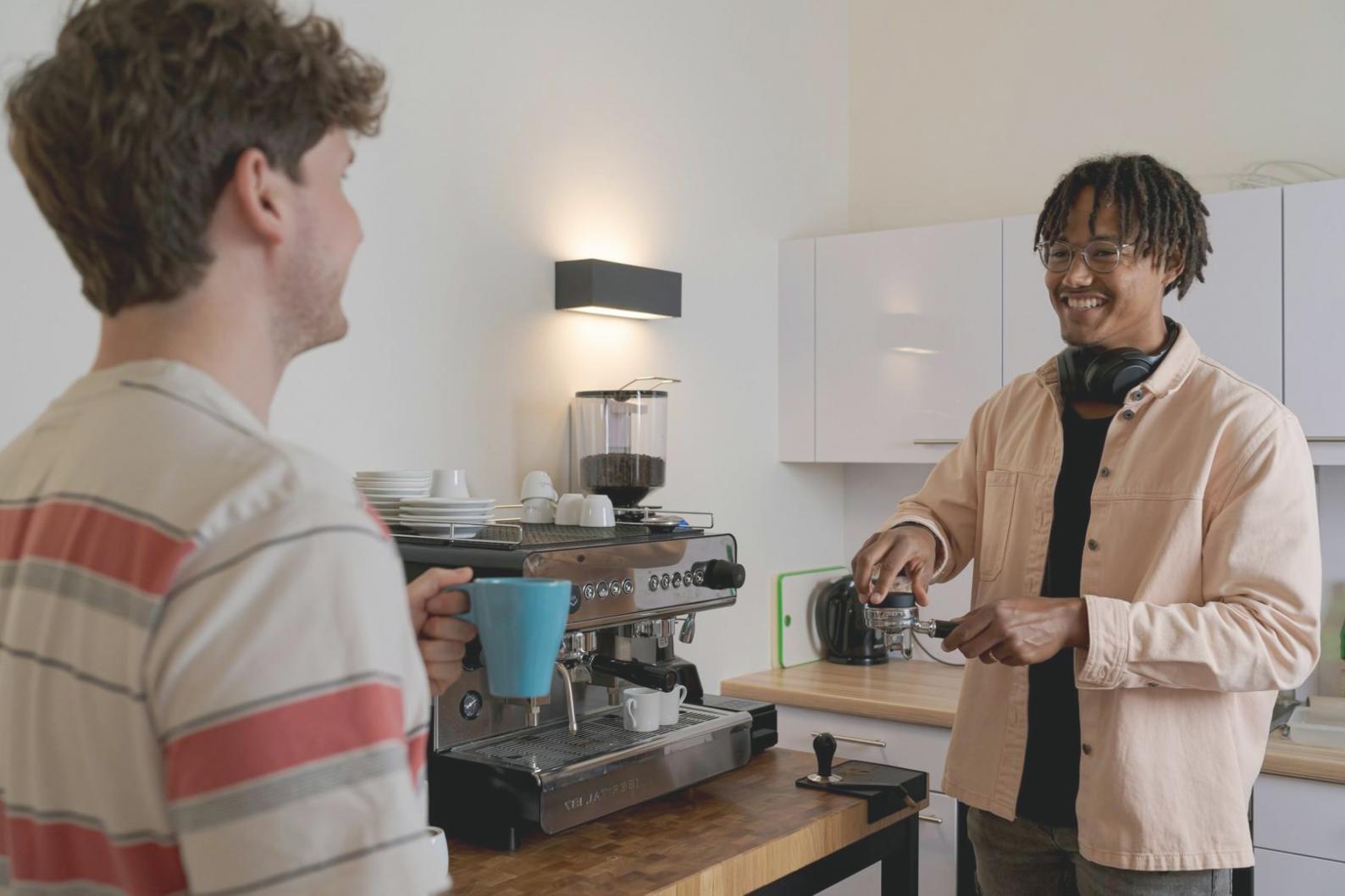Started in March 2023 with basically nothing saved. My approach was a bit unconventional—I used cash envelopes for two months just to understand where money was actually going.
By September 2024, I had three months' worth of expenses tucked away. The thing that surprised me most? It wasn't about earning more. I found about $180 weekly that was just disappearing into stuff I didn't really care about.
Now in 2025, I'm sitting on five months of coverage and honestly sleep better. Not because everything's perfect, but because I know a car breakdown won't derail my rent.




